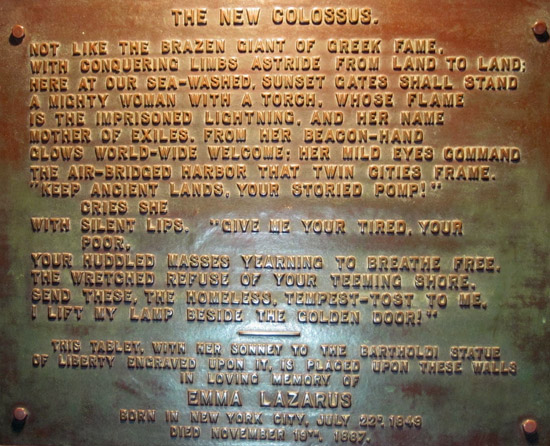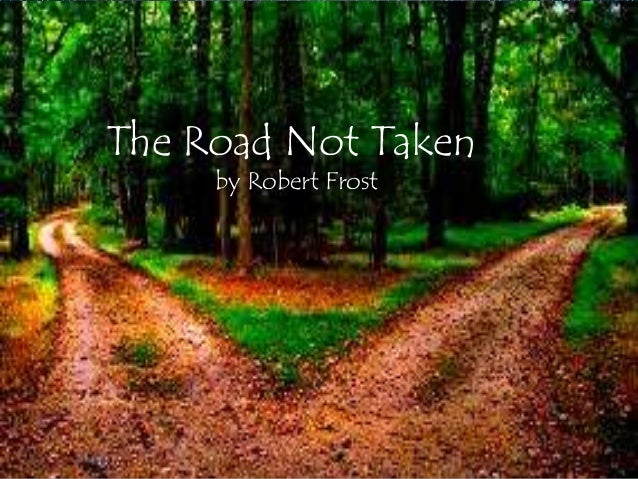
One of the most unlikely poems of the Modernist period is that by Robert Frost: “The Pasture.” It is unlikely for many reasons. First, it seems more like a Romantic lyric, i.e., one hundred years too late, because of its rural depiction and its simple, formal diction. Second, its tone is gentle and polite, a rarity among the Modernists. And third, it does not ostentatiously break with tradition.
Structurally the poem is two quatrains, the rhyme scheme is abbc deec, and for such a small poem, it’s surprising how much repetition there is. The opening lines of the two quatrains begin the same, and the ending lines are exactly the same.
It is interesting to compare it to another relatively famous 8-lined poem, “The Red Wheelbarrow,” by William Carlos Williams. There is a visual difference between the two poems.
The Pasture
By Robert Frost
I’m going to clean the pasture spring;
I’ll only stop to rake the leaves away
(And wait to watch the water clear, I may):
I sha’n’t be gone long.—You come too,
I’ll only stop to rake the leaves away
(And wait to watch the water clear, I may):
I sha’n’t be gone long.—You come too,
I’m going out to fetch the little calf
That’s standing by its mother. It’s so young
It totters when she licks it with her tongue.
I sha’n’t be gone long.—You come too.
That’s standing by its mother. It’s so young
It totters when she licks it with her tongue.
I sha’n’t be gone long.—You come too.
The Red Wheelbarrow
By William Carlos Williams
so much depends
upon
upon
a red wheel
barrow
barrow
glazed with rain
water
water
beside the white
chickens
chickens
Frost uses iambic pentameter lines and a refrain that moves from iambs to spondees. Williams’ short lines in four paired stanzas follow a syllabic pattern of 4-2-3-2-3-2-4-2. Though there is assonance in Williams’ poem, lines 5(ā) and 7(ī), there is a more subtle use of it in Frost’s poem: lines 1 (ēn/ing), 2(ā and ē), 3(ā and ah) and 4(ah and ū). Is Frost more interested in the sound of his poem than Williams is?
Where Frost uses the farm setting as part of his meaning, Williams is more abstract, “so much depends/ upon.” Frost is interested in imbuing his work with nuanced feeling; Williams is spare with feeling and language. Though Williams seems almost taciturn, so too is Frost; but whereas Williams cuts off anything other than the list of things in and of themselves, Frost suggests feelings, and invites the reader to “come along.”
Realists and Modernists tended to abhor metaphor (compare Hawthorne and Melville to S. Crane and Hemingway), whereas the Dark Romantics reveled in it. But though Frost is no Romantic, he doesn’t quite want to toss metaphor out; Williams does. Williams filters out any Romantic attitudes about the wheelbarrow or the chickens; but in the process also filters out, what he considered, too much sentiment. The Imagists, intent on taking pictures of the World, like many in photography and film, reveled in the surface of reality because they did not believe in many of the non-physical ideas, like gentility, beauty, patience, kindness, etc. And it shows.









